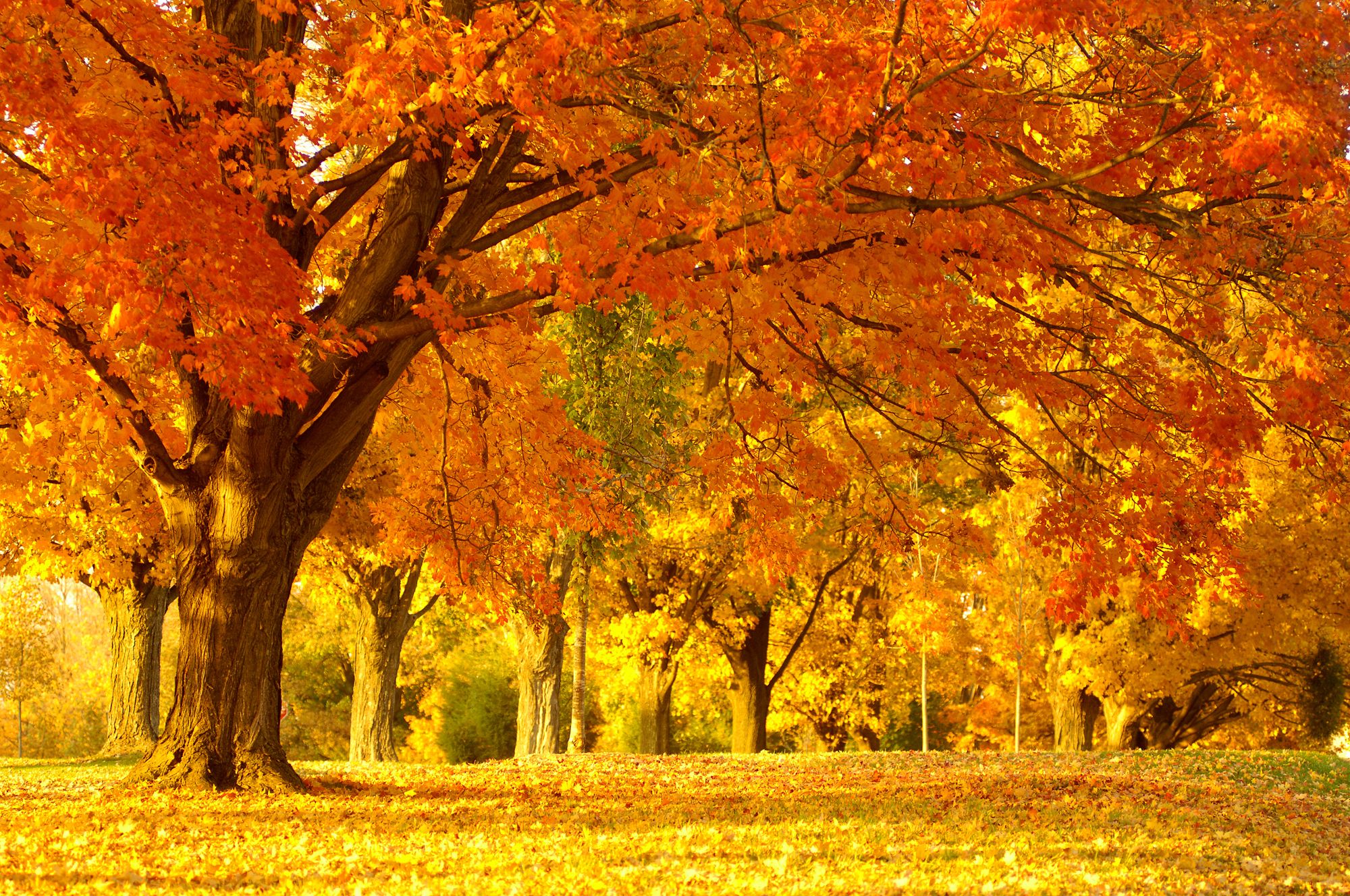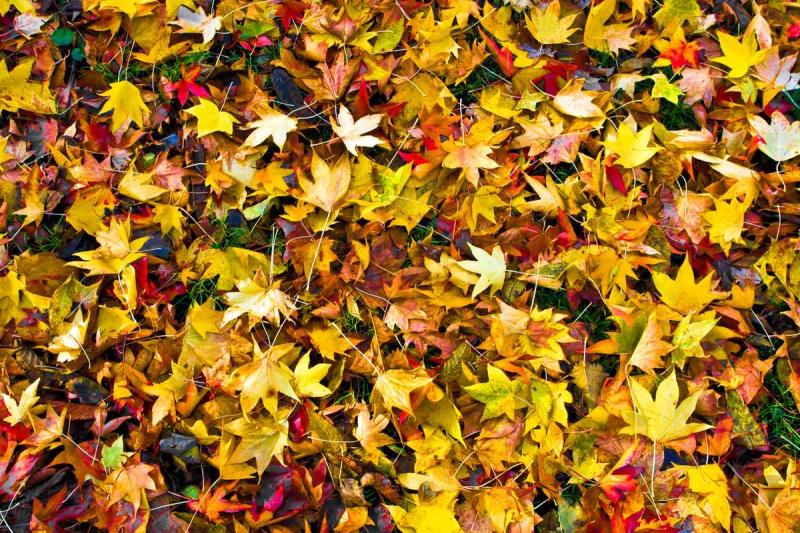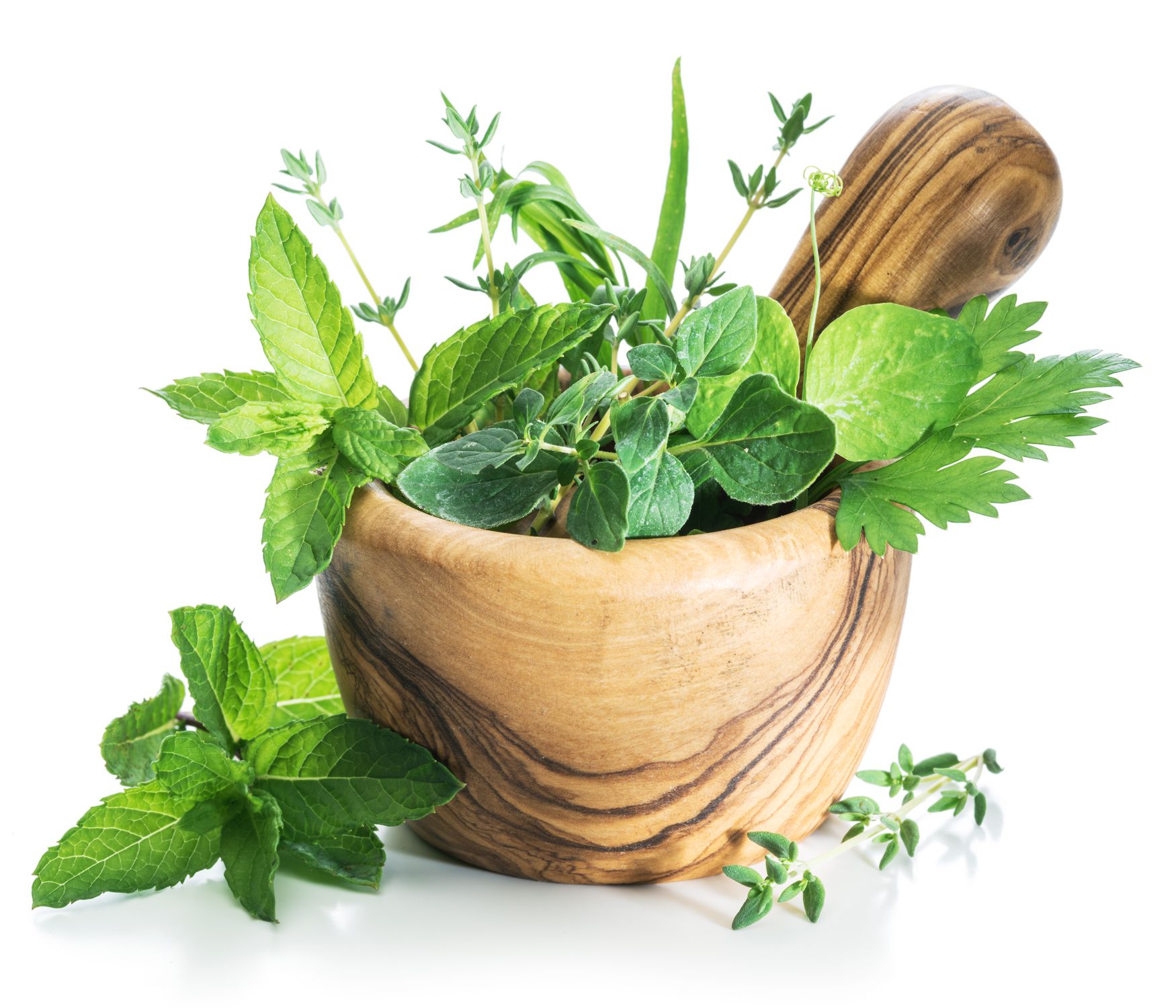Don’t Rake Your Leaves, Mow Them
Mulch is magic for your lawn and garden


It’s that time of year again! The leaves are changing color and falling from the trees…time to break out the rake and get to work. This year, ditch the rake and try something new. Instead of spending hours raking up leaves, why not mow them?
That’s right, you can actually mow your leaves and have a beautiful, leaf-free lawn in no time.
Here’s how it works.

How does mulch help my lawn?
Most people know that mulch is good for their gardens, but did you know that it can also be beneficial for your lawn? Mulching your lawn helps to retain moisture, prevent weeds, and protect your grass from the harsh elements.
One of the primary benefits of mulching is that it helps to retain moisture in the soil. This is especially beneficial in the hot summer months when evaporation rates are high. A layer of mulch will help to slow down evaporation, keeping your lawn looking green and healthy all season long.
Weeds can quickly take over a lawn if left unchecked. One of the best ways to prevent weeds is by applying a layer of mulch. The mulch will block sunlight from reaching the soil, making it harder for weed seeds to germinate.
Mulch also provides protection for grass roots during extreme weather conditions. In the summer, mulch helps to keep the roots cooler by shading them from the sun. In the winter, a thick layer of mulch will insulate the roots and prevent them from freezing.
In short, mulching in the fall—particularly with leaves—can help ensure a gorgeous lawn come spring.
How to turn your leaves into mulch
The first step is to chop or shred the leaves. You can use a chipper/shredder for this or, if you don’t have one, a lawn mower set on the highest setting will work just fine. The important thing is that the leaves be chopped or shredded very finely—you don’t want big pieces of leaf in your mulch because they’ll take longer to decompose.
To use leaves as mulch, simply add a layer of leaves around four inches deep around the base of your plants, directly on the lawn, or wherever mulch is required.
When mulching around plants like perennials, be sure to leave some space around the stem of the plant so that the leaves don’t smother it.
You can also use leaf mulch on your lawn by running a lawnmower over fallen leaves. This will chop them up into small pieces that can be left on the lawn as mulch.
If you have a garden that is dormant for the winter, you can till leaf mulch into the soil. This will help to insulate the roots of your plants and protect them from frost damage. In the spring, when you’re ready to start gardening again, the leaf mulch will have broken down and will provide nutrients for your plants.
Tip: As you’re planting new plants in your garden, be sure to add some leaf mulch to the hole before you add the plant. This will help to hold moisture in and keep the roots of your plant protected.
If you have a compost pile, now is a great time to add some leaves to it. As the leaves break down, they’ll add valuable nutrients to your compost that will benefit your plants in the future.
Leave some of the leaves
Leaving some of the leaves behind can actually be beneficial for your lawn.
Decomposing leaves can create a unique and rich environment for animal and insect life, which can, in turn, help improve the health of your lawn. Worms, for example, love to eat decomposing leaves. As they munch away, they help aerate the soil, which allows water and nutrients to penetrate more easily. In addition, their decomposing bodies add valuable nutrients to the soil.
Insects also play an important role in leaf decomposition.
Of course, you don’t want to leave so many leaves that your lawn becomes suffocated. A good rule of thumb is to remove any leaves that are more than half-an-inch thick. This will ensure that there’s still enough airflow and sunlight reaching your grass while also providing a healthy habitat for beneficial creatures.
This fall
As days grow shorter, mowing your leaves is especially important when lawns are preparing for winter dormancy.
This fall, instead of spending hours gathering up leaves only to have them blow away in the next strong wind, why not mow them? Mowing leaves is a quick and easy way to get rid of them without all the back-breaking work of raking. Plus, it’s a great way to recycle all those fallen leaves and turn them into mulch for your garden.
Many thanks to sodlawn.com for information for this article.
Tags:Garden & Landscape

Acreage Life is part of the Catalyst Communications Network publication family.














